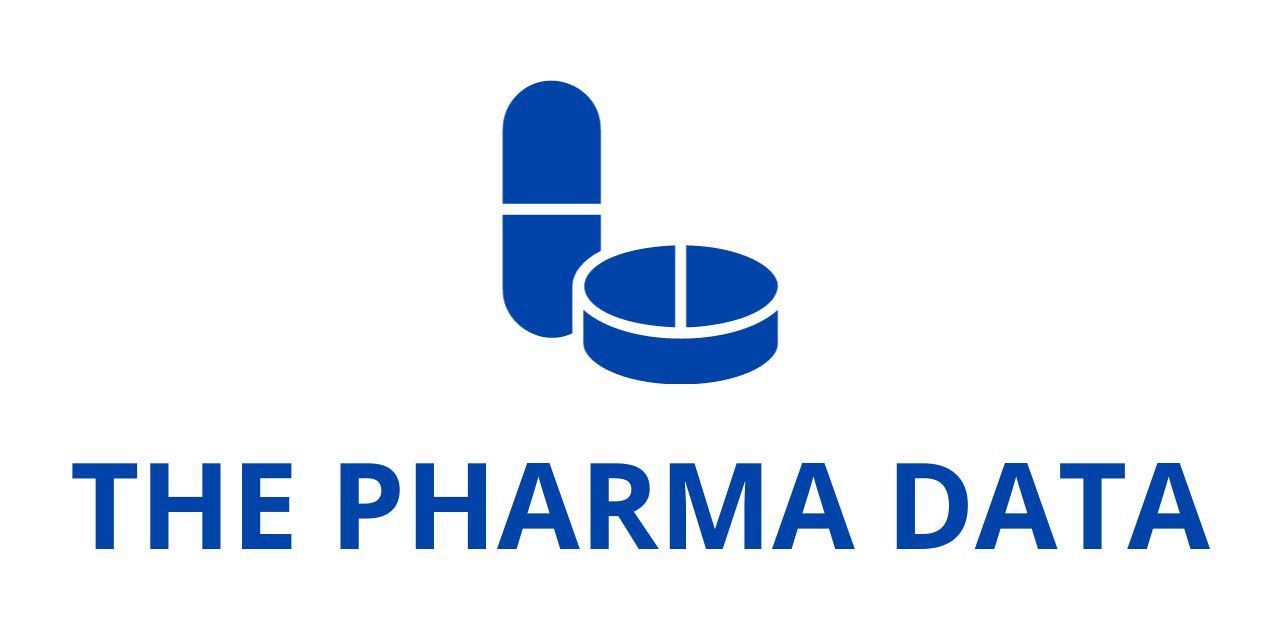
KEYTRUDA Plus Standard Therapy Boosts Event-Free Survival in Resectable Head and Neck Cancer
Merck , known as MSD outside the United States and Canada, has announced landmark findings from its Phase 3 KEYNOTE-689 clinical trial evaluating the efficacy of KEYTRUDA® (pembrolizumab) as a perioperative treatment regimen for patients with stage III or IVA, resectable, locally advanced head and neck squamous cell carcinoma (LA-HNSCC). Results from the first interim analysis demonstrated that KEYTRUDA significantly improved event-free survival (EFS) when used alongside standard of care (SOC) treatments, marking a pivotal moment for the treatment landscape of LA-HNSCC.
The data were presented during a high-profile Plenary Session at the American Association for Cancer Research (AACR) Annual Meeting 2025 (Abstract #CT001) and selected for the AACR press program, underscoring the significance of these findings within the oncology community.
Landmark Clinical Results with KEYTRUDA
Following a median follow-up duration of 38.3 months (range: 9.0–66.5 months), KEYTRUDA, when administered before surgery (as neoadjuvant therapy), then combined with standard radiotherapy (with or without cisplatin) post-surgery, and continued as adjuvant monotherapy, demonstrated a robust reduction in EFS events compared to SOC radiotherapy alone.
Specifically, in patients with a combined positive score (CPS) ≥10, KEYTRUDA reduced the risk of EFS events by 34% (Hazard Ratio [HR]=0.66 [95% Confidence Interval (CI), 0.49–0.88]; p=0.0022). Among patients with CPS ≥1, the risk reduction was 30% (HR=0.70 [95% CI, 0.55–0.89]; p=0.0014), and in the intent-to-treat (ITT) population, it was 27% (HR=0.73 [95% CI, 0.58–0.92]; p=0.0041).
Median EFS outcomes also showed dramatic improvement:
- CPS ≥10 group: Median EFS was 59.7 months for KEYTRUDA plus SOC versus 26.9 months for SOC alone.
- CPS ≥1 group: Median EFS was again 59.7 months for the KEYTRUDA arm compared to 29.6 months for SOC.
- ITT population: Median EFS reached 51.8 months with KEYTRUDA plus SOC versus 30.4 months with SOC alone.
Importantly, the safety profile of KEYTRUDA remained consistent with prior studies, with no new safety signals identified during this analysis.
Expert Perspectives on KEYNOTE-689 Results
Dr. Ravindra Uppaluri, co-principal investigator of the study and director of Head and Neck Surgical Oncology at Brigham and Women’s Hospital and Dana-Farber Cancer Institute, described the results as a milestone:
“As the first positive trial in over two decades for patients with resectable, locally advanced head and neck squamous cell carcinoma, the presentation of these landmark results marks an important moment for these patients and those who care for them,” Dr. Uppaluri commented. “KEYNOTE-689 represents a meaningful development with a potential to provide an option that helps certain patients with LA-HNSCC reduce the risk of recurrence and disease progression earlier in their treatment journey.”
Adding further context, co-principal investigator Dr. Douglas Adkins, Professor at the Division of Oncology, Washington University School of Medicine in St. Louis, highlighted the novelty of the findings:
“The addition of immunotherapy using KEYTRUDA to standard of care surgery and adjuvant (chemo)radiotherapy resulted in a significant reduction in the risk of event-free survival events by 27%, compared with standard of care therapy alone,” Dr. Adkins said. “These results are notable as they mark the first time an anti-PD-1 therapy has demonstrated a statistically significant and clinically meaningful improvement in event-free survival in the neoadjuvant and adjuvant setting in earlier stages of head and neck squamous cell carcinoma.”
Additional Key Findings from KEYNOTE-689

Beyond EFS, the trial also met a key secondary endpoint by demonstrating a statistically significant improvement in the rate of major pathological response (mPR). The differences in mPR rates were:
- CPS ≥10 group: 13.7% improvement (95% CI, 9.7–18.7; p<0.00001)
- CPS ≥1 group: 9.8% improvement (95% CI, 7.0–13.3; p<0.00001)
- ITT population: 9.3% improvement (95% CI, 6.7–12.8; p<0.00001)
While overall survival (OS) data remain immature, a favorable trend was observed at this interim analysis for the CPS ≥10 population, with a hazard ratio of 0.72 (95% CI, 0.52–0.98). However, the OS results did not yet reach statistical significance, and due to pre-specified statistical hierarchy rules, formal OS testing was deferred for the CPS ≥1 and ITT groups. Further OS analyses are planned for subsequent interim updates.
Regulatory Pathway and Future Outlook
Given the robust data from KEYNOTE-689, Merck has submitted a supplemental Biologics License Application (sBLA) for KEYTRUDA. This application is under priority review by the U.S. Food and Drug Administration (FDA), with a Prescription Drug User Fee Act (PDUFA) target action date set for June 23, 2025.
Dr. Marjorie Green, senior vice president and head of oncology, global clinical development at Merck Research Laboratories, emphasized the broader impact of these results:
“As the 12th positive pivotal trial for a KEYTRUDA-based regimen in earlier-stage cancers, the results from KEYNOTE-689 are a testament to our commitment to address an unmet need in this important area of research,” Dr. Green said. “These compelling results illustrate the potential of this regimen to change the landscape of care for certain patients facing this challenging disease. We are working closely with regulatory authorities around the world to bring this new option to patients as swiftly as possible.”
Currently, KEYTRUDA is approved in the U.S., Europe, China, Japan, and other countries as a monotherapy and in combination regimens for patients with metastatic or unresectable, recurrent head and neck squamous cell carcinoma (HNSCC).
Study Design Overview: KEYNOTE-689
KEYNOTE-689 (ClinicalTrials.gov Identifier: NCT03765918) is a randomized, open-label, Phase 3 study enrolling 714 treatment-naïve patients with newly diagnosed, stage III or IVA resectable LA-HNSCC. Participants were randomized 1:1 into two arms:
- Experimental arm: KEYTRUDA (200 mg IV every three weeks for two cycles) administered prior to surgery (neoadjuvant), followed by surgery, then adjuvant KEYTRUDA (200 mg IV Q3W for 15 cycles) combined with SOC radiotherapy (with or without cisplatin depending on risk profile).
- Control arm: Surgery without prior neoadjuvant therapy, followed by SOC radiotherapy (with or without cisplatin).
The study’s primary endpoint was event-free survival, defined as time from randomization to radiographic disease progression, local or distant recurrence, or death. Secondary endpoints included overall survival, major pathological response, pathological complete response, and safety.
Safety Profile and Adverse Events
The safety findings for KEYTRUDA in this study remained in line with previously known data.
- Grade ≥3 treatment-related adverse events (TRAEs) were observed in 44.6% of patients in the KEYTRUDA arm compared to 42.9% in the SOC arm.
- TRAE-related deaths occurred in 1.1% of KEYTRUDA-treated patients (n=4) and 0.3% (n=1) in the SOC arm.
- Immune-mediated adverse events occurred in 43.2% of KEYTRUDA recipients, with hypothyroidism (24.7%) being the most common.
No new safety signals emerged, affirming KEYTRUDA’s established safety profile in earlier-stage cancers.




